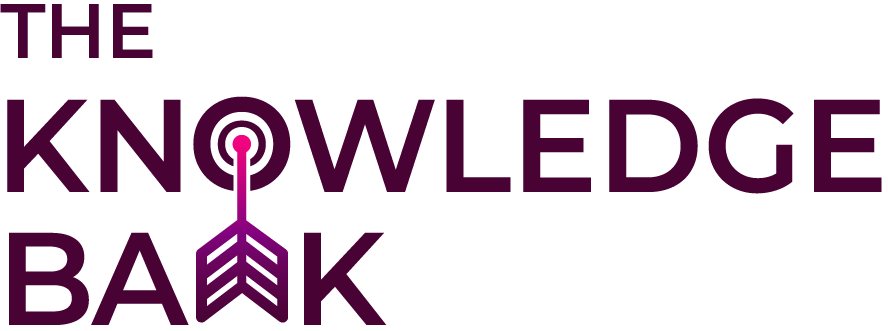As we head into the autumn, the last few months have been quite tumultuous with a new monarch, a new Prime Minister (times two!) and energy prices soaring. Consumer price inflation reached 10.1% in October – a 40-year high – and analysts say it will likely hit 11% this month. It was previously said this would happen in January, so inflation is accelerating faster than expected.
What this means for the longer term, and whether it will decrease sooner than anticipated, remains to be seen.
It’s unclear how the energy price cap, both for businesses and homes will play out. Businesses are finding it very hard to plan for the future especially given the confusion around the cap – which is only for six months – including what it means and what happens after it ends.
For consumers, food and drink inflation has continued to increase. Grocery inflation has reached 13.9%, the highest recorded since the 2008 financial crash, and fresh food inflation is at the highest point ever recorded (13.3%).
We have previously noted that consumers are dealing with this by buying lower-cost alternatives where possible, but even those have seen a price increase in line with the wider food and drink sector. Of the thirty items now tracked by the Office for National Statistics, half rose in cost by at least 15% – though the price of four items fell, including orange juice and beef mince.
For businesses, energy isn’t the only thing impacting prices. Wage pressures are also growing as permanent staff hires are falling. Food and drink businesses in particular are reporting difficulty recruiting employees, with acute gaps in semi-skilled/unskilled labour.
This likely contributed to 2,230 licensed premises closing between June and September in the UK – the equivalent of one every hour. While food services outlets aren’t the primary market for most Scottish products, this will have a notable impact on their sales.
It’s a tough time for small businesses in particular, especially producers of dairy, bakery and brewing where the ratio of production costs to margin was already tight. The cost of producing food is now up by 0.9% and continues to rise each month.
While this paints a worrying picture in terms of costs and inputs, there are still opportunities across markets.
Transport and logistics costs are coming down, including sea cargo and air freight rates. Wholesale gas prices are also decreasing, and the HGV driver shortage seems to have abated. Taken together, these factors will help ease some pressures.
People still want to go out, but they’re being a bit more careful about where they go and when. The traditional get-together occasions are still happening, such as birthdays and anniversaries, as well as the bigger ones coming up like Christmas and the World Cup. We at The Knowledge Bank are researching the importance of these occasions for sales uplifts and will be sharing new insights in the near future.
Some areas are still not affected though, it depends on the market segment and consumer you’re focusing on – for example, premium products for treats or indulgent occasions. It’s about being armed with the right market data to be able to help businesses target consumers effectively. No matter the situation, we all still need to eat and drink.
You can download our latest monthly report on our website.


